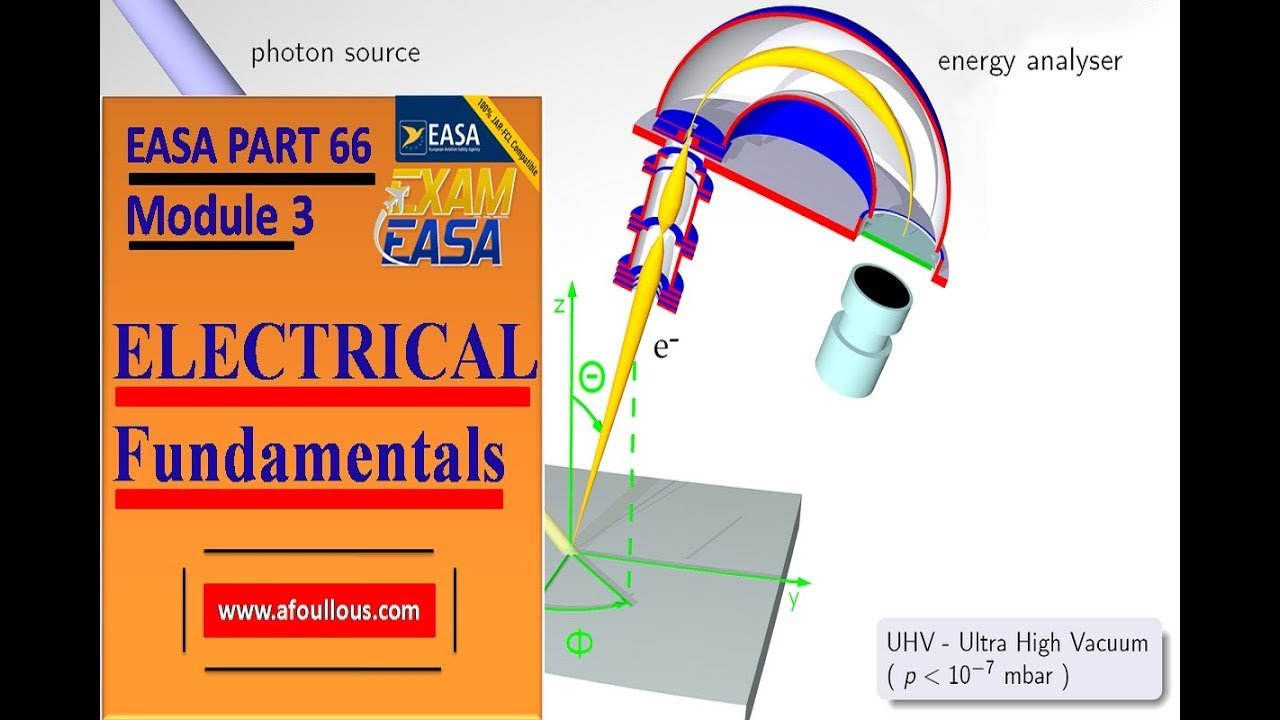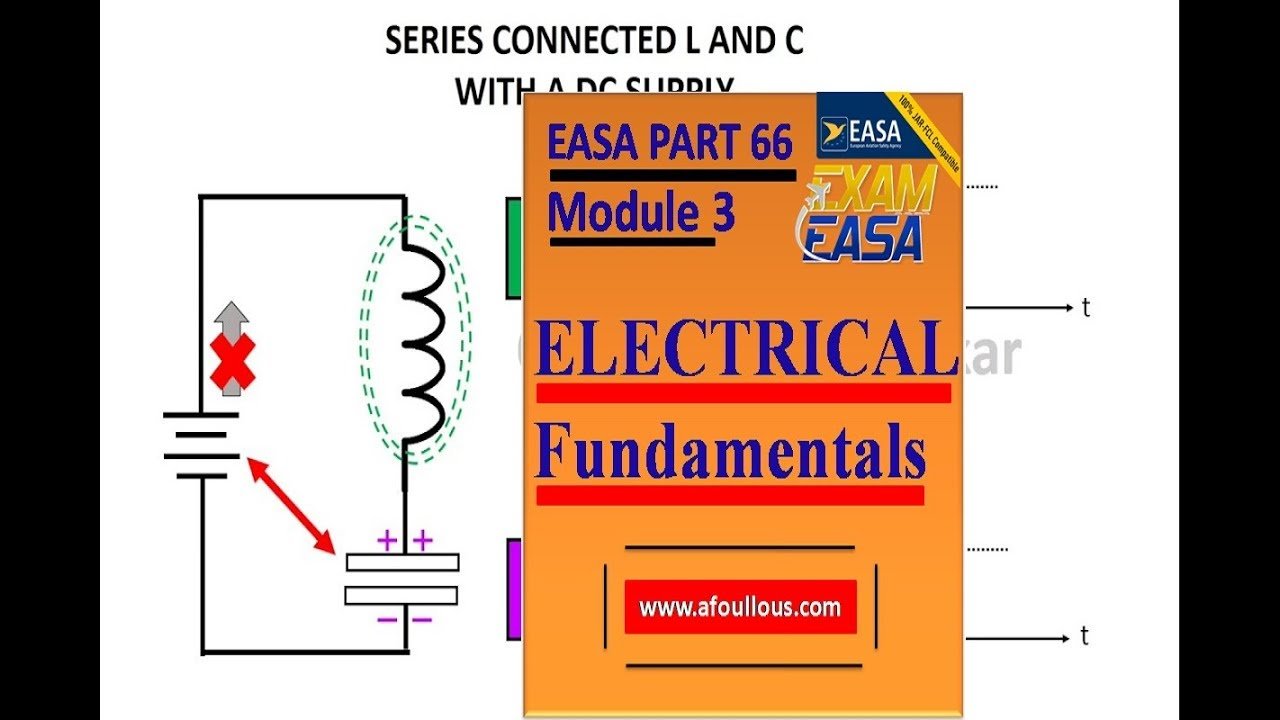Last updated on January 7th, 2022 at 02:27 pm
Module 3 Ch 14/18 Resistive R, Capacitive C and Inductive L Ciruits.
[RICH_REVIEWS_SNIPPET category=”all”]
Chapters
Chapter 13/18 : AC Theory .
Chapter 14/18 : Resistive R, Capacitive C and Inductive L Ciruits .
Chapter 15/18 : Transformers.
Chapter 16/18 : Filters.
Question and Training Exam
Sample – Electrical Exams ( 40 questions 30 min),
Category A – Electrical Exams ( 20 questions 25 min),
Category B1 – Electrical Exams ( 52 questions 65 min),
Category B2 – Electrical Exams ( 52 questions 65 min),
Category B3 – Electrical Exams ( 24 questions 30 min),
Book Store.
EASA Part 66 Module 3 Electrical Fundamentals Question Exam
Sample – Electrical Exams ( 40 questions 30 min),
Category A – Electrical Exams ( 20 questions 25 min),
Category B1 – Electrical Exams ( 52 questions 65 min),
Category B2 – Electrical Exams ( 52 questions 65 min),
Category B3 – Electrical Exams ( 24 questions 30 min),
Electricity Static Electricity and Conduction
First post and replies | Last post by Malika Benchikh, 6 years ago
PART 66 Module 3 eBook:
AC CIRCUITS
OHM’S LAW FOR AC CIRCUITS The rules and equations for DC circuits apply to AC circuits only when the circuits contain resistance alone, as in the case of lamps and heating elements. In order to use effective values of voltage and current in AC circuits, the effect of inductance and capacitance with resistance must be considered.
The combined effects of resistance, inductive reactance, and capacitive reactance make up the total opposition to current flow in an AC circuit. This total opposition is called impedance and is represented by the letter Z part 66 module 3 ebook.The unit for the measurement of impedance is the ohm.
Since these quantities may be related to the sides of a right triangle, the formula for finding the impedance, or total opposition to current flow in an AC circuit, can be found by using the law of right triangles. This theorem, called the Pythagorean theorem, applies to any right triangle. It states that the square of the hypotenuse is equal to the sum of the squares of the other two sides. Thus, the value of any side of a right triangle can be found if the other two sides are known part 66 module 3 ebook.If an AC circuit contains resistance and inductance, as shown in Figure 14-2, the relation between the sides can be stated as part 66 module 3 ebook









